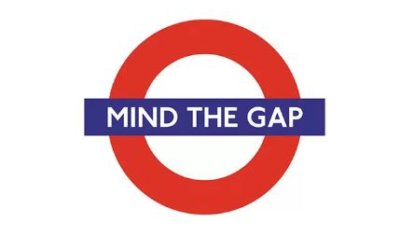Most of us file taxes, providing reams of personal financial information to federal and state governments. A few years ago, the IRS created a Data Retrieval tool or DRT where our personal information can be accessed by third parties, like mortgage bankers, to support lending decisions. It’s also used for higher education, Around four weeks after filing the 1040. the majority of the FAFSA can be auto-filled, saving time and improving accuracy. What could be wrong with that?
Well, plenty, because the timing is awful
Schools attempt to communicate student financial aid packages beginning in February or March. Few families have their tax returns completed by then. Even if they do, add the time it takes for the DRT to be accessible and it could be mid-May before the handy data filler inner works its magic. And then there are those who extend filing to August (automatically allowed) or October (with the permission of the IRS.) As a result, few are able to use the DRT to fill out their FAFSA, leading to a second problem.
People make a lot of mistakes on their FAFSA.
Even if families successfully mirror their tax return, there are those pesky notes indicating that your refund will not be as generous as you had hoped because a few errors were found. The deal is that the IRS and Department of Education (DOE) have plenty of time before the fall semester begins to match FAFSA and tax return. Their massive computers check things out electronically and if anything is awry, “Verification” land is the next stop. This is where the IRS uses the college as its agent, asking for even more information to support FAFSA representations. Imagine working for the IRS as a volunteer auditor. People in financial aid departments might hate verification more than library and parking fines combined.
Enter Prior Prior Year (PPY)
The National Association of Student Financial Aid Administrators (NASFAA or NASfuh) recommended awhile back that the government base financial aid calculations on the year older return. This allows access to the FAFSA as soon as October 1 for the following academic year. The good news is that the feds eventually agreed. Now, the tax return for the 2015 year can be used to determine eligibility for financial aid beginning with the fall of 2017 academic year and the process can begin 10/1/16. “Prior Prior Year” (PPY) means the DRT will be available for just about everybody, even if they filed on extension or mistakes changed the outcome materially. Schools can provide financial aid packages earlier, FAFSAs are easier to complete and verifications should be trimmed back a great deal. Seems like a perfect change.
In general, it probably is a good move but there are a few issues to keep an eye on. First, imagine if during 2016 a husband and wife both lost jobs and took new ones that paid a lot less. They will want the 2016 return to be reflected for Fall ’17 in that case. Will that be possible? It appears that it will but may require a special circumstances approach to be initiated by your college. You will want to file for 2016 early in 2017 if this applies to you.
There is then the societal issue related to people who make a whole lot more in 2016 than in 2015. This would lead to greater federal and institutional assistance payments for those who do not have as much need as represented on the FAFSA. This issue may be outweighed by the streamlined benefits of PPY but is worth quantifying when the data becomes available. The FAFSA is already considered a somewhat inaccurate tool. This makes it less so.
The final issue relates to an already charged atmosphere concerning the cost of college. The ability to offer financial aid packages earlier may encourage protracted price negotiations. The idea that “the package is the package” becomes less certain. With many colleges charging well below cost, this might serve to magnify financial challenges for those more resource constrained.
Overall, I see PPY as having more positive attributes than negative, primarily because it improves accuracy and convenience for student families. It will be up to the collective will of colleges to ensure that this change does not lead to unintended consequences.



